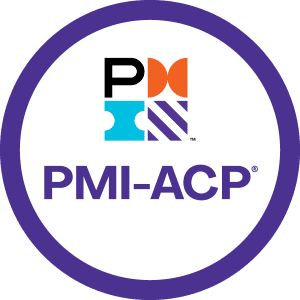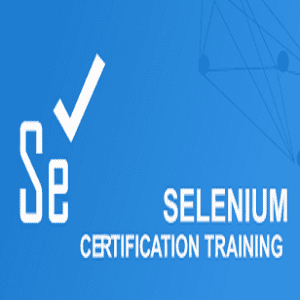What are the system requirements for this CompTIA Security+ Online Training?
- Memory – Minimum 4 GB RAM
- Processor – Intel Core i3 CPU @2.00 GHz or later
- Storage – 250 GB HDD/SDD or later
How will I execute the practicals?
You will be provided with CompTIA Labs licenses. The licenses will be valid for one year and can be used for Web, iOS, and Android apps.
What practical/hands-on will be part of this CompTIA Security+ Online Training?
- Determining Malware Types
- Performing Network scanning with Software tools
- Analyzing Network Traffic with Packet Sniffing Software Tools
- Concealing Data with Steganography Tools
- Identifying vulnerabilities with Scanning Software Tools
- Implementing Certificate Services
- Deploying Certificates and Implementing Key Recovery
- Cracking Password using Software Tools
- Managing Accounts in a Windows Domain
- Implementing a Secure Network Design
- Installing & Configuring a Firewall
- Installing & Configuring an Intrusion Detection System
- Implementing Secure Network Addressing Services
- Implementing a Virtual Private Network
- Installing & Configuring a Secure Email Service
- Using Forensics Tools
- Identifying a Man-in-the-Browser Attack
How do I earn a CompTIA Security+ 701 certification?
You must clear the SY0-701 exam with a minimum score of 750. Do note that the exam duration is 90 minutes and comprises 90 questions.
Is the course fee inclusive of the CompTIA Security+ 601 examination fee?
Yes, the exam fee is part of your course fee.
How can I procure the exam voucher from CertAdda?
You must procure the exam voucher within 3 months from the date of enrollment.
Note: CertAdda doesn’t own the voucher policies and cost. In light of this, if the exam price increases and you have not yet procured your exam voucher, you will be asked to pay the difference in the latest amount to CertAdda.
For how long is the exam voucher valid?
Your exam voucher is valid for one year from the date of course enrollment. In case you don’t procure the voucher and book the exam within one year from the purchase of your course, you will need to buy the voucher again as per the updated price.
Is a refund allowed if the exam voucher is issued to me?
Unfortunately no. The exam voucher cost cannot be refunded once it is issued to a learner.
How often does the exam fee change?
Prices change as the exam is being governed by the certification body. However, the changes in the exam prices are normally announced at the end of the calendar year.
What are the eligibility requirements for the CompTIA Security+ Exam?
- At least two years of experience in IT administration (with a focus on security) is preferred
- Hands-on experience of technical information security is beneficial
- Broad knowledge of security concepts would give you an edge as well
What's the minimum score that is required to pass the CompTIA Security+ Exam?
To pass the exam, you will have to score a minimum of 750 out of 900. Do keep in mind that the examination is 90 minutes long and comprises MCQs.
How many attempts do I get to pass the CompTIA Security+ Exam?
If you fail to clear the CompTIA Security+ Exam on your first attempt, there is no waiting period for attempting the exam a second time. However, if you still don’t manage to clear the second attempt, you are required to wait fourteen days to retake the exam.
Do note that once you have cleared the exam, you cannot retake the exam without prior consent from CompTIA.
Note: Candidates are required to pay the exam fee for every attempt at the CompTIA Security+ Exam.
What is the validity of the CompTIA Security+ Certification?
The CompTIA Security+ certification is valid for three years from the date you clear your exam.
What if I miss a class?
You will never miss a lecture at CertAdda You can choose either of the two options: View the recorded session of the class available in your LMS or You can attend the missed session, in any other live batch.
What if I have queries after I complete this course?
Your access to the Support Team is for lifetime and will be available 24/7. The team will help you in resolving queries, during and after the course.
How soon after signing up would I get access to the learning content?
Post-enrolment, the LMS access will be instantly provided to you and will be available for lifetime. You will be able to access the complete set of previous class recordings, PPTs, PDFs, assignments. Moreover the access to our 24×7 support team will be granted instantly as well. You can start learning right away.
Is the course material accessible to the students even after the course training is over?
Yes, the access to the course material will be available for lifetime once you have enrolled into the course.







